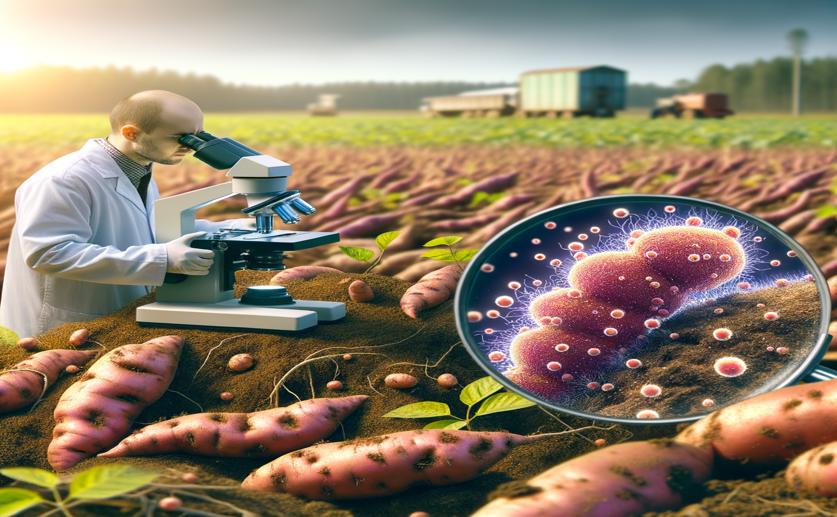
Discovering a New Bacteria in Sweet Potato Soil
Jim Crocker
10th April, 2024

Image Source: Natural Science News, 2024
Key Findings
- Scientists discovered a new bacteria, Saccharopolyspora ipomoeae, in a Thai sweet potato field
- This new strain could be a source of compounds for developing new antibiotics
- The strain's genetic identity confirms it's a unique species within the Saccharopolyspora genus
References
Main Study
1) Saccharopolyspora ipomoeae sp. nov., an Actinomycete Isolated from Sweet Potato Field Soils.
Published 8th April, 2024
https://doi.org/10.1007/s00284-024-03661-5
Related Studies
2) Saccharopolyspora: an underexplored source for bioactive natural products.
3) CheckM: assessing the quality of microbial genomes recovered from isolates, single cells, and metagenomes.
4) QUAST: quality assessment tool for genome assemblies.



 8th April, 2024 | Jim Crocker
8th April, 2024 | Jim Crocker